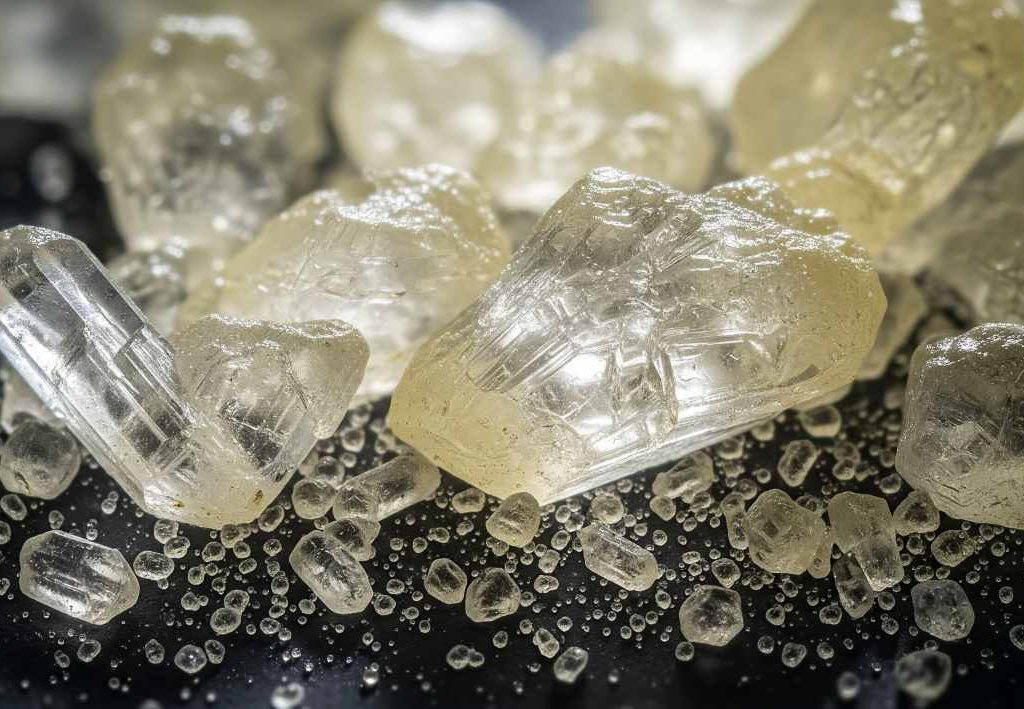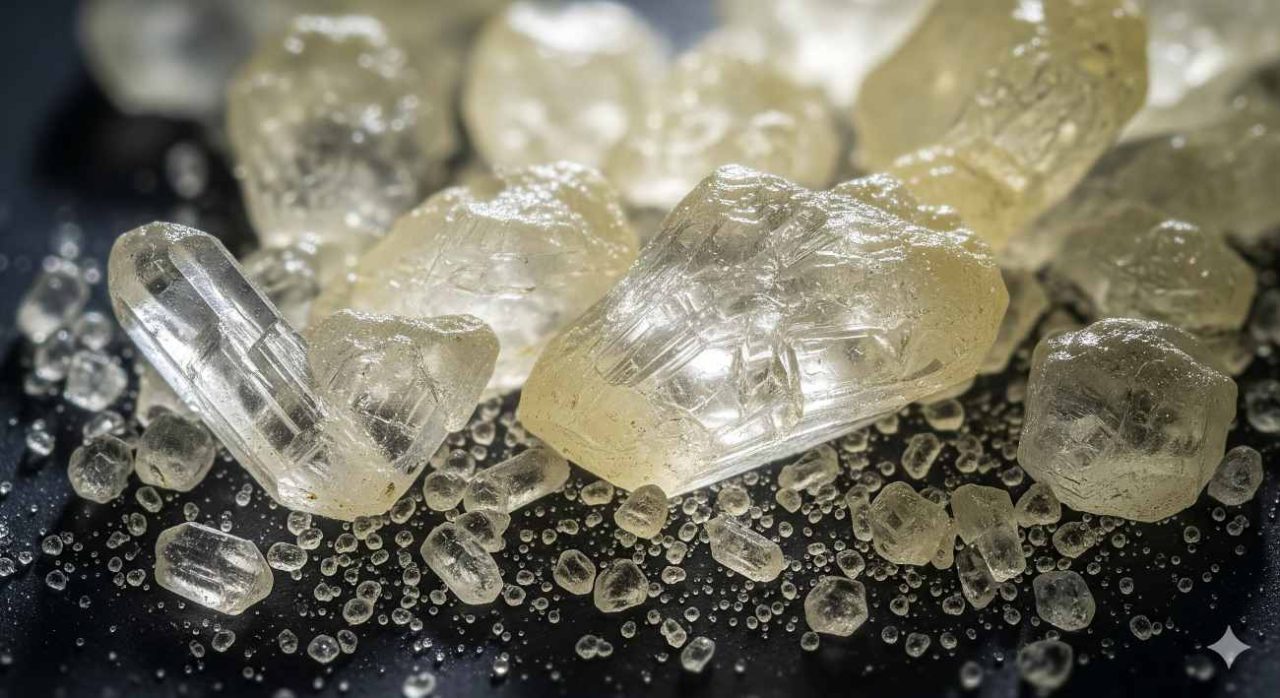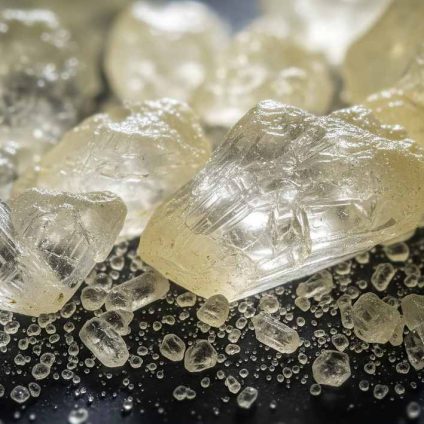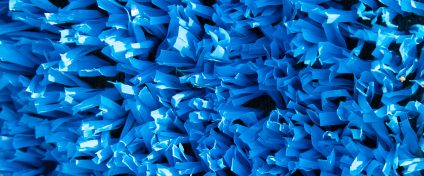A caotropic salt enhances crystal growth, making perovskite solar cells more efficient and stable, reaching up to 22.3%

Perovskite solar cells are among the most promising renewable energy technologies. In recent years, they have gained attention for their potential to deliver lightweight, flexible, and cheaper devices compared to silicon. However, stability issues and structural defects have so far limited their commercial rollout. A new study led by University College London and published in the Journal of the American Chemical Society shows how a simple salt, guanidinium thiocyanate, could change the game.
Higher efficiency with perovskite tandem cells
The research focused on tin-lead perovskite solar cells, a key material for tandem devices that stack multiple layers to absorb different portions of the solar spectrum. Adding the salt during fabrication slowed and controlled crystal growth, reducing defects and imperfections. With just 10% of the additive, efficiency reached 22.34%, compared with 19.1% for untreated control cells.
Smoother crystals and longer lifetime
Measurements revealed significant improvements in film quality: smoother surfaces, larger crystals, and fewer unwanted recombination sites. The average carrier lifetime increased from 3 to over 11 microseconds, while photoluminescence quantum yield doubled. These parameters translate into more stable solar cells capable of maintaining high performance over time.
Tandem solar cells and future outlook
Tandem solar cells are considered the next technological leap, already surpassing 30% efficiency in laboratory settings. In this context, tin-lead perovskites are ideal as the bottom layer due to their reduced bandgap. The use of guanidinium thiocyanate could push these records even higher, paving the way for more powerful and reliable modules. The study also revealed that crystallization continues during the cooling phase, challenging the common assumption that it ends with solvent evaporation.
Beyond silicon, the future of solar cells
Today, the best commercial silicon panels reach around 22% efficiency, with laboratory records capped at 27%. Perovskite solar cells, on the other hand, have the potential to exceed these limits with simpler and less energy-intensive production processes. Research into the role of caotropic additives such as guanidinium highlights how the fine chemistry of materials is key to building robust, high-performing devices. With solutions like these, solar cells could soon move from lab benches to rooftops, accelerating the transition to clean and accessible energy.














